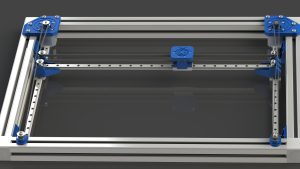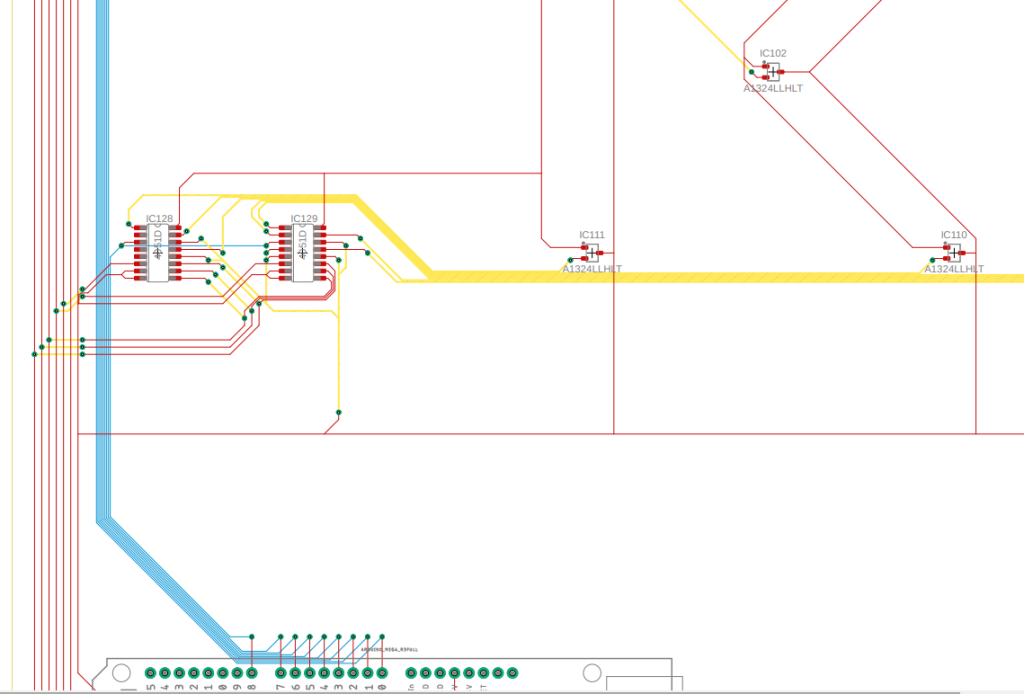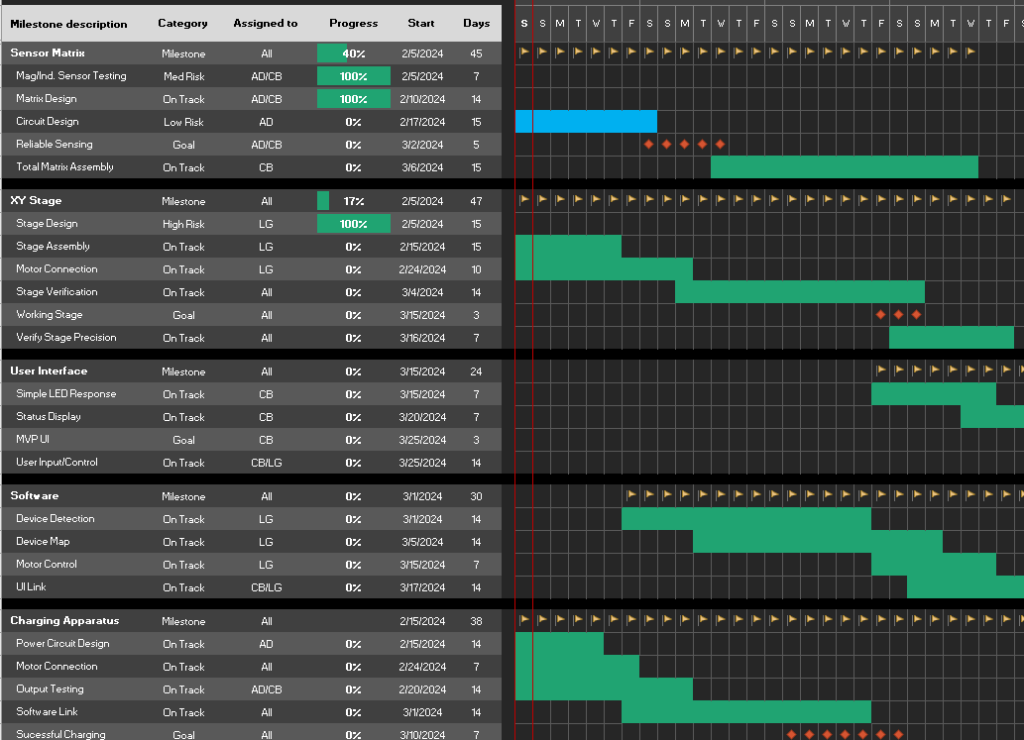Current Risks to the Project:
- PCBs take longer than anticipated to ship
- Motor speed is much more limited than expected
Design Changes:
As stated in Callum’s report, we will be adding an additional row to the sensor matrix to ease workload when soldering the PCBs. This change was made as before, our grid had 9 rows of 7 sensors and 8 rows of 6 sensors; this layout made it difficult to design a repeatable PCB design such that we could avoid using one large (and expensive) board beneath the table surface.
A was written by Callum, B was written by Luca and C was written by Anirud.
Part A: Callum…
With the global adoption of smart devices for communication and entertainment in most fields, keeping devices charged is imperative to be connected to the rest of the world. By creating more convenient charging means, we can help people to become more productive, and stay connected to the online world which we find ourselves more and more reliant on each day. Chargin’ is a product that could help anyone and has the chance to make a positive impact on the world in total.
Part B: Luca…
This might not directly align with our project’s goals. It’s not publicly showcased, lacks essentiality, and wouldn’t significantly influence interpersonal interactions. Functioning solely as a convenience tool, its pricing, if an actual product, would likely be reasonable for widespread accessibility. Interaction with this device would typically occur within someone’s home. The cultural impact would be minimal, with perceptions possibly focusing on owners’ convenience rather than laziness. Guests, unless explicitly informed, would perceive it as a regular table. Ideally, they wouldn’t even realize their phone was charged upon picking it up.
Part C: Anirud…
In our “Chargin’” project, a significant focus is placed on environmental factors, with special attention to minimizing electrical power consumption, and its impact on both living organisms and natural resources. Our approach to environmental responsibility is multi-faceted:
1. Sustainable Materials: We prioritize using sustainable, recyclable, or biodegradable materials in the construction of the table, thereby reducing waste and environmental impact.
2. Energy Efficiency: The power management system in “Chargin’” is designed for optimal energy efficiency. This system smartly allocates power, activating only when a device is detected for charging and minimizing standby power consumption. Such efficiency not only conserves energy but also reduces the carbon footprint associated with power usage.
3. Reduced Electrical Consumption: By implementing advanced technology to control and reduce electrical power usage, we actively decrease the operational costs and environmental impact of our product.
4. Non-Toxic Materials: The selection of non-toxic materials in our design is aimed at safeguarding indoor air quality, ensuring a healthier environment for users.
5. Lifecycle Consideration: The design includes plans for efficient recycling and disposal at the end of the product’s life, ensuring minimal environmental impact.






